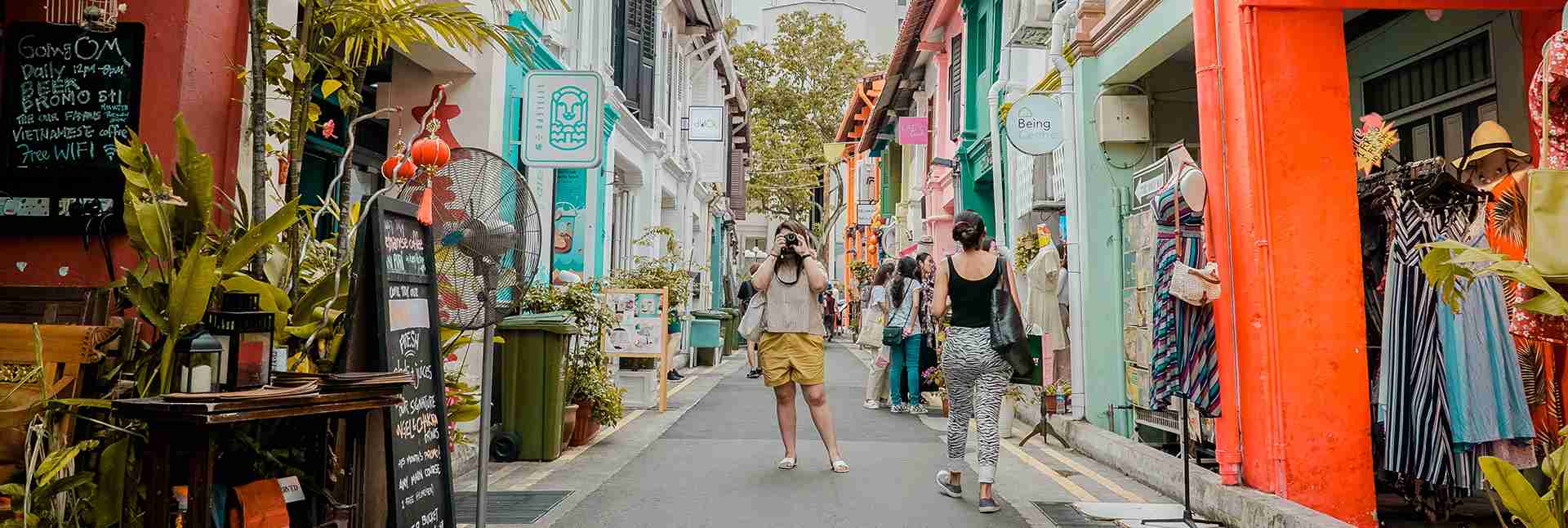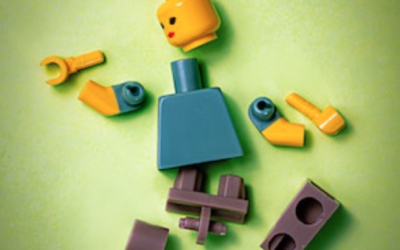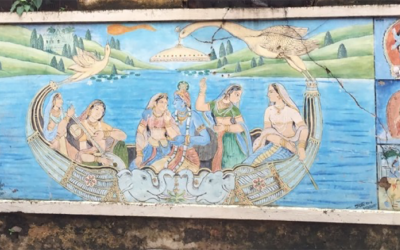Head into any tourist visitor centre in Singapore and you’ll be confronted with a medley of iconic visuals such as local designs of signature dishes, Singlish phrases and well known housing blocks, playgrounds and shophouses. They’re popular with tourists and Singaporeans alike, fulfilling the quota of kitsch, nostalgia and heritage that consumers desire.
Take a closer look and you’ll realise that many of these heritage icons are fast disappearing (or have disappeared already). The famed animal-themed playgrounds, such as the Dragon, Dove, Pelican and Tortoise, which once characterised housing estates built in the 1970s and 1980s, have been replaced by safer and more generic plastic playgrounds. The last Dove playground in Dakota Crescent has been one of the only ones to narrowly miss it’s demolition date last year. You might think a playground is just a playground, so why the fuss?

Singaporeans have a funny relationship with their national heritage and identity. Still a relatively young nation at 53, the imagined community that Benedict Anderson theorised is still in flux, a chaotic tussle between state-endorsed and organic vernacular narratives. There is no one shared collective self, the nation being a syncretic patchwork of diasporic cultures cobbled together. If there is no collective self, then cultural identity, as Stuart Hall posits, is “a matter of becoming as well as being”.
Perhaps this is why the erasure of physical sites evokes a deep-seated anxiety among Singaporeans who may not even have made either meaning or memory of those spaces. Perhaps the uneasiness is in the realisation that the loss of such cultural markers is often accompanied by the loss of common historical experiences, perpetuating the cycle of national amnesia.
These changes in recent years have brought out the nostalgist in the common man. Dakota Crescent, one of Singapore’s first housing estates built in 1958 and slated for redevelopment, sparked a nation-wide campaign to save the historic grounds. Walking tours, art projects and films were created about the estate, many bemoaning the loss of the iconic Old Dove #instaworthy playground. Suddenly, it seemed like the political had turned personal.
The campaign worked to an extent, with six blocks alongside the playground and courtyard to be retained for future community purposes. Its success was a breath of fresh air for conservationists following countless other failed attempts.
Recently the Golden Mile Complex, the first local mix-used development comprising of shops, apartments and offices built in the early 1970s went up for an en bloc sale. The iconic Brutalist-styled complex is just one among other heritage sites going on collective sale, such as People’s Park Complex and Pearl Bank Apartments.

More than just an architectural marvel, the complex (together with its adjacent sister, Golden Mile Tower) is also known as Little Thailand, a node for organic migrant culture, servicing the waves of Thai migrant workers, once at its peak in the 1990s to early 2000s. Today, it is a mixture of eerie, debauchery and hipster – housing an eccentric mix of Thai minimarts, discos, amulet shops offering spiritual services and a local independent movie theatre.
News of these en bloc attempts have once again been met with a spectrum of responses from the public. Architects, historians, as well as heritage groups continue to advocate for conservation, while others remain indifferent. After all, Singapore’s constantly shifting physical landscape mirrors its economic pace – you win some, you lose some.
This year’s annual national day celebrations consisted of the traditional float parade once again. Within that mesmerising spectacle, one float stood out. It was a replica of the near-extinct Dragon playground. Local photographer Darren Soh noted the irony in the situation, questioning why the process of heritage-ification only happens after a near ‘death’?
It seems then, that heritage remains a bite-sized commodified process in Singapore. Cultural markers and icons, while acknowledged, are exchanged for placeholders in the form of museum exhibits, virtual archives and marketable memorabilia sold by local stores. Perhaps consumerism as a coping mechanism will continue to soothe this imagined community’s anxieties.






